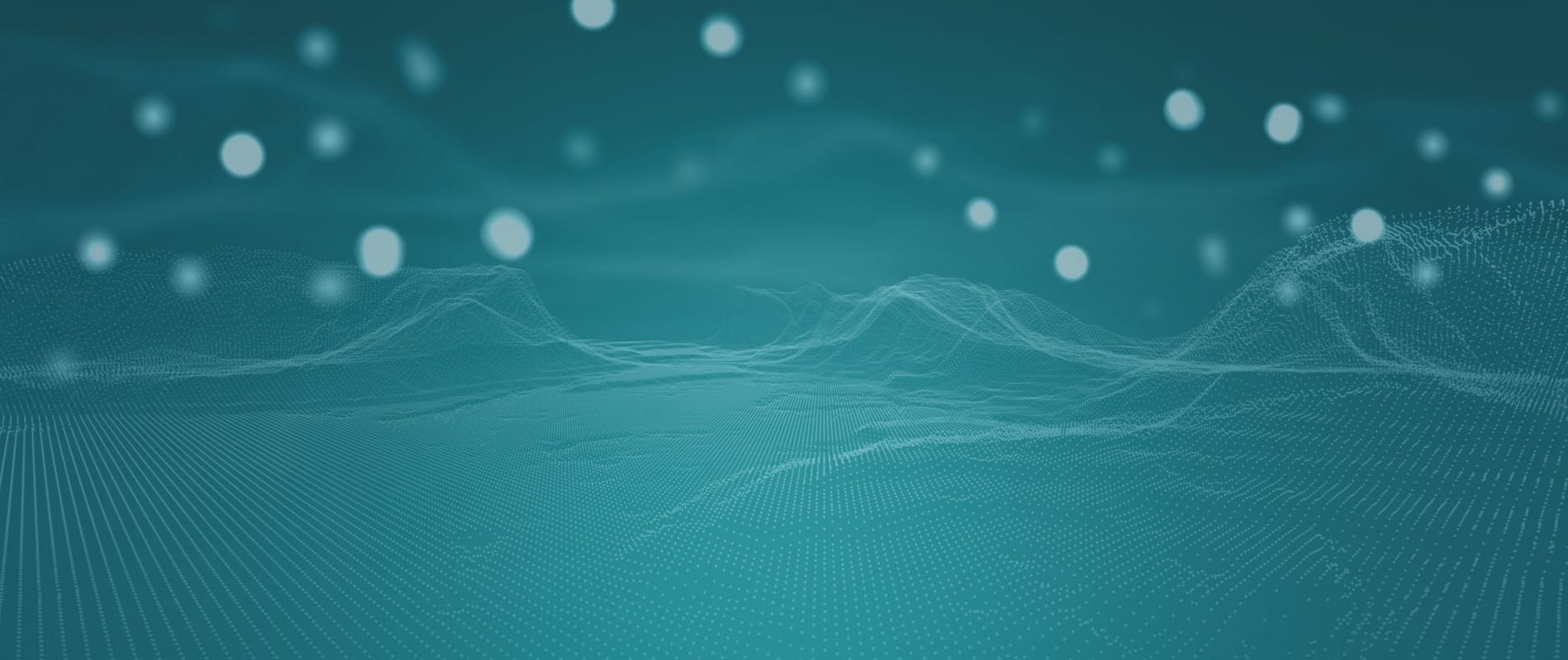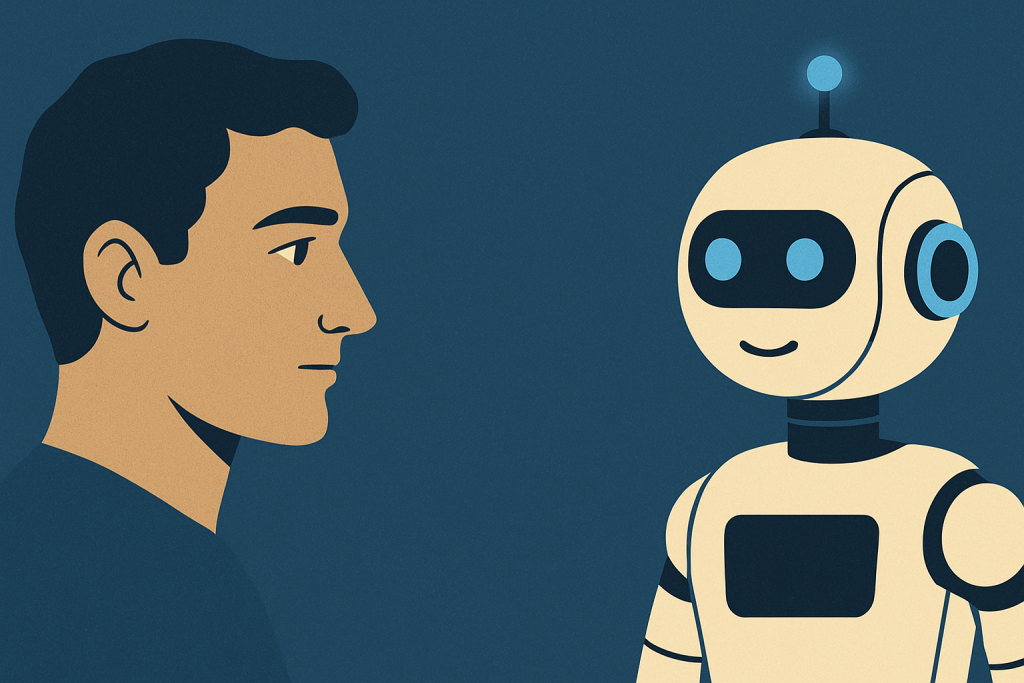Artificial Intelligence (AI) is often portrayed in popular media as a looming threat to humanity. From science fiction dystopias to sensational news headlines, fear about AI is everywhere. But the reality is quite different. AI shouldn’t be feared but understood. With the right knowledge and ethical approach, AI has the potential to revolutionize our lives for the better. In this article, we will explore why AI deserves our attention, curiosity, and responsibility rather than our fear.
The Roots of AI Fear
Fear of the unknown is natural. Throughout history, every major technological innovation has been met with skepticism and anxiety. Electricity, the internet, and even automobiles were once feared. AI is no different.
However, misconceptions often fuel this fear. Movies depict AI as conscious beings seeking world domination. Meanwhile, real-world AI today largely consists of sophisticated algorithms performing specific tasks, like recommending videos or helping doctors diagnose diseases.
Understanding AI’s current capabilities and limitations is key to replacing fear with informed perspective.
What AI Really Is (And Isn’t)
To understand why AI shouldn’t be feared, we must first define it accurately. AI refers to computer systems designed to perform tasks that typically require human intelligence, such as recognizing speech, making decisions, or identifying patterns.
AI is not conscious. It does not “think” or “feel.” It processes data based on programmed algorithms and learns from that data to improve performance.
Types of AI:
- Narrow AI: Specialized in a single task (e.g., facial recognition, language translation).
- General AI: A theoretical AI capable of any intellectual task a human can do. (We have not achieved this yet.)
Most AI today is narrow AI, meaning it is highly specialized and limited.
Benefits of Understanding AI
When we shift from fear to understanding, the possibilities AI offers become clearer. Here are some examples:
1. Medical Advancements
AI helps detect diseases like cancer earlier and more accurately than ever before. Machine learning algorithms can analyze medical images or patient data faster than human doctors, aiding in life-saving diagnoses.
2. Environmental Protection
AI is used to track deforestation, monitor endangered species, and optimize energy use. It helps scientists understand climate change patterns and create smarter solutions.
3. Enhanced Accessibility
AI powers technologies that help people with disabilities lead more independent lives. Voice recognition, real-time translation, and smart home devices are just a few examples.
Understanding AI’s positive impact can replace fear with hope and excitement.
Addressing Real Concerns About AI
While AI shouldn’t be feared blindly, it does require responsible management. Some legitimate concerns include:
- Bias: AI systems can inherit biases present in training data.
- Privacy: Collecting and processing massive amounts of data raises ethical questions.
- Job Displacement: Automation may replace certain jobs, necessitating workforce adaptation.
The solution lies not in rejecting AI, but in developing regulations, ethical frameworks, and education programs that guide its use responsibly.
How to Foster a Healthy Relationship with AI
To ensure AI serves humanity positively, we need proactive engagement. Here are ways to foster understanding over fear:
1. Educate Yourself
Learning about AI’s basics is the first step. Numerous free online courses explain AI in simple, accessible terms.
2. Encourage Ethical AI Development
Support policies and companies committed to fairness, transparency, and ethical AI use.
3. Embrace Adaptation
The job market will evolve. Preparing for new roles created by AI—such as AI ethics officers, data analysts, and AI maintenance technicians—is crucial.
4. Promote Diversity in AI
A diverse range of voices in AI development ensures broader perspectives and reduces bias.
5. Stay Curious, Not Fearful
Approach AI innovations with curiosity rather than fear. Understanding how they work will reveal their opportunities and limitations.
The Future of AI: A Partnership, Not a Threat
AI shouldn’t be feared but understood because it is ultimately a tool—one shaped by human values, choices, and governance.
If developed and used ethically, AI can augment human intelligence, solve some of our most pressing problems, and improve the quality of life across the globe. Fearing AI blinds us to its potential. Understanding AI opens doors to innovation, collaboration, and prosperity.
Instead of asking, “Will AI replace us?” a better question is, “How can AI help us?”
Choosing Understanding Over Fear
Artificial Intelligence is not a monster hiding under our beds. It is a mirror reflecting both the best and worst of human ingenuity. Our choice to understand AI—instead of fearing it—determines whether it becomes a force for good or a cautionary tale.
Let us invest in education, ethical practices, and responsible innovation. Let us build a future where AI enhances human dignity, equality, and sustainability.
Remember, AI shouldn’t be feared but understood.


